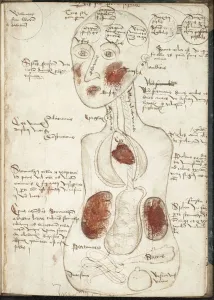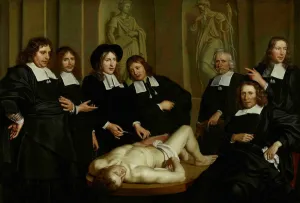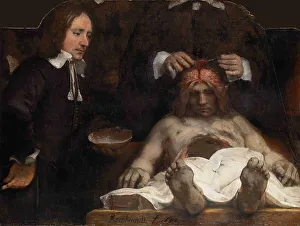History Of Anatomy Collection
The history of anatomy is a fascinating journey through time, tracing the evolution of our understanding of the human body
All Professionally Made to Order for Quick Shipping
The history of anatomy is a fascinating journey through time, tracing the evolution of our understanding of the human body. From ancient civilizations like Egypt and Greece, who laid the foundation for anatomical knowledge through mummification and dissections, to the groundbreaking discoveries of Renaissance figures like Leonardo da Vinci and Andreas Vesalius. These early pioneers paved the way for modern anatomists to continue unraveling the mysteries of our bodies, leading to important advancements in medicine and surgery. The study of anatomy has played a crucial role in improving healthcare practices, from diagnosing illnesses to developing life-saving treatments. As technology has advanced, so too has our ability to explore the intricacies of human anatomy. Today, cutting-edge imaging techniques like MRI and CT scans allow us to see inside the body with unprecedented detail, testament to human curiosity and ingenuity, showcasing our relentless quest to understand ourselves better. It serves as a reminder that there is still much left to discover about this complex machine we call the human body.
















